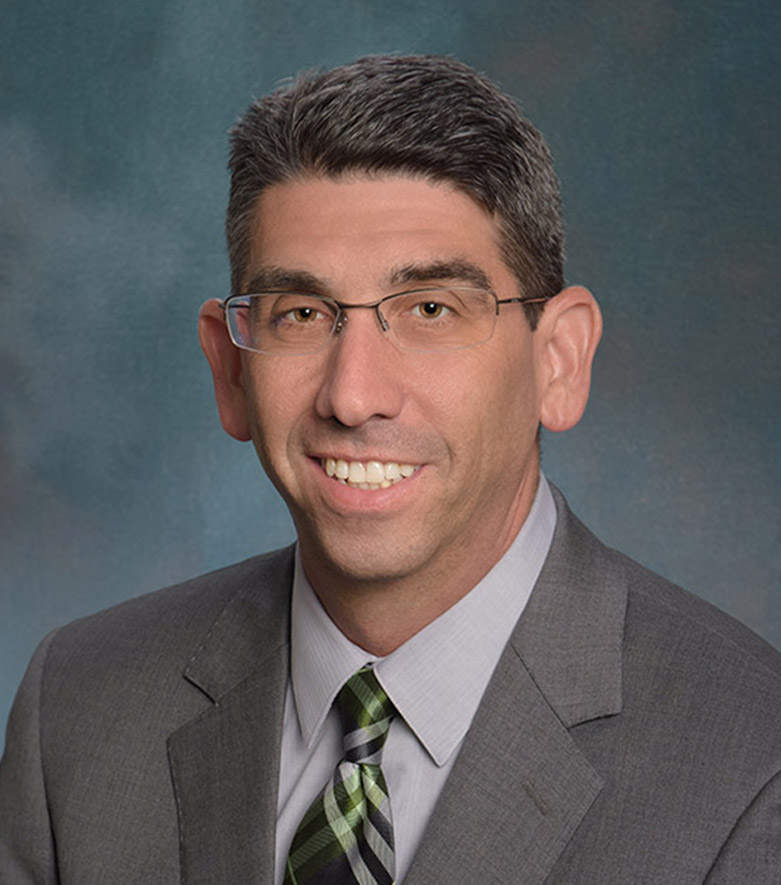Blog
Summertime Safety: Rollercoasters, Bounce Houses and Other Dangers
Personal Injury Attorney
by David B. Bobrosky
(818) 907-3254
 Amusement parks are supposed to be amusing – filled with family fun and a great place for older teens to meet up with friends without hovering parents. Unfortunately, they are not always what they are supposed to be, and sometimes, they are downright dangerous.
Amusement parks are supposed to be amusing – filled with family fun and a great place for older teens to meet up with friends without hovering parents. Unfortunately, they are not always what they are supposed to be, and sometimes, they are downright dangerous.
On May 1, 2015, two people died and two others were injured because a rollercoaster began moving before all of the passengers were buckled in. They were thrown from the ride. The park was in China, and the owner of the facility has been detained. It was opening day for the park.
Unfortunately, this incident is not as uncommon as you might think – nor do these accidents only happen in other countries.
You may recall the tree limb that fell on the Ninja coaster at Six Flags in Valencia, California last year where four people were injured. A woman died by falling out of the Texas Giant coaster in Arlington, Texas, also last year. This death was blamed on a failed safety system, and a lack of safety belts. The park and the ride manufacturer sued each other, each blaming the other for the accident. A settlement was reached with the victim’s family, and there was no determination as to who was ultimately responsible for the death. But both parties contributed to the settlement.
Sometimes, it’s not the ride itself that is to blame for accidents.
Recently, Universal Orlando installed metal detectors at three attractions to keep riders from taking their phones, keys, selfie sticks and other metal items on the ride in response to an incident in 2011.
The park had two coasters that sped past each other a mere 18 inches apart. Some riders were hurt by objects flying out of other riders’ hands or pockets. Even park visitors walking near the coasters can be injured in this way.
Proper training of park employees could have prevented these injuries, had the operators been taught to prohibit riders from taking these items onboard. The metal detectors should prove to be an additional safety measure.
Alarming Amusement Park Statistics
According to Nationwide Children’s Hospital, about 20 children and teens in the U.S. are injured each day between May and September, by amusement park rides. These dangerous rides include the mobile, or travelling rides to be found at carnivals and county fairs, mall or arcade rides, and fixed site rides like Goliath and Ninja, found at major amusement parks around the world.
The above-mentioned 20 injured people every day in the summer only include the ones that received treatment in American hospital emergency rooms. Numerous others endure less serious injuries.
Injury claims can be brought against the park owner, ride manufacturer or designer, or the ride operator, depending on the circumstances of the accident.
California Law Regarding Amusement Parks
The U.S. Consumer Product Safety Commission (CPSC) investigates accidents involving mobile rides. There is no federal regulatory organization overseeing rides to be found at permanent amusement or water parks. Those are overseen by state and local government.
In California, permanent rides are subject to building codes. Permanent parks like Disneyland, Knott’s Berry Farm and Six Flags undergo yearly inspections by the state’s Division of Occupational Safety and Health (CAL/OSHA).
According to the CPSC, park dangers are not the only amusements harming children. Over a ten year period, there were over 113,000 injuries requiring emergency treatment because of inflatable amusements – 90 percent of those attributed to dangerous bounce houses, or moon bounces—the type of amusement many parents rent for a child’s birthday party.

However you plan to spend your summer, whether vacationing abroad or enjoying California’s many amusement and theme parks, fairs or neighborly social gatherings – it is important to spend quality time with family and friends, but also to be aware that sometimes, risks escalate with the fun factor.
David B. Bobrosky is a Shareholder in our Personal Injury Practice Group. Contact him via email: dbobrosky@lewitthackman.com, or by phone: (818) 907-3254.
